ECB Executive Board member Fabio Panetta delivered a speech today, emphasizing the importance of “persistence” over “level” in executing the bank’s monetary policy given the present economic context.
Panetta stated, “In the current context where policy rates are around the level necessary to deliver medium-term price stability, I will argue that monetary policy may operate not just by increasing rates but also by keeping the prevailing level of policy rates for longer. In other words, persistence matters as much as level.”
The ECB official highlighted two primary approaches to the bank’s disinflationary monetary policy: the ‘level’ approach, which involves raising the policy rate beyond its current position, risking a potential need for faster and earlier cuts, and the ‘persistence’ approach, which advocates for maintaining the policy rates at their prevailing level for an extended duration.
“Emphasizing persistence may be particularly valuable in the current situation,” said Panetta, “where the policy rate is around the level necessary to deliver medium-term price stability, the risk of a de-anchoring of inflation expectations is low, inflation risks are balanced, and economic activity is weak.”
He warned against the pitfalls of an aggressive rate hike strategy, stating that it “might amplify the risk associated with overtightening, which could subsequently require rates to be cut hastily in a deteriorating economic environment.”
By contrast, Panetta argued, the ‘persistence’ element allows for greater flexibility, granting the central bank more time to assess the effects of its past policies and fine-tune its stance as new information emerges.
He added that by underlining the importance of this ‘breathing space’, stating, “This is crucial given that – as I said before – the transmission of our monetary policy may actually turn out to be stronger than our projections indicate.”
Full speech of ECB Panetta here.




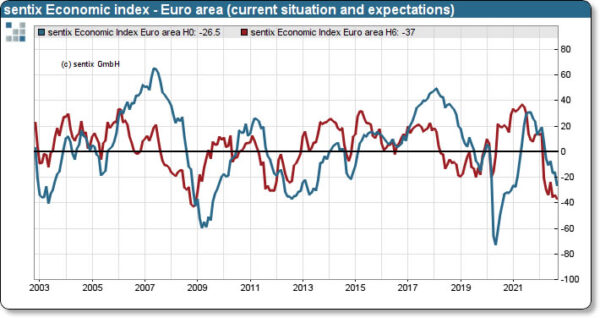
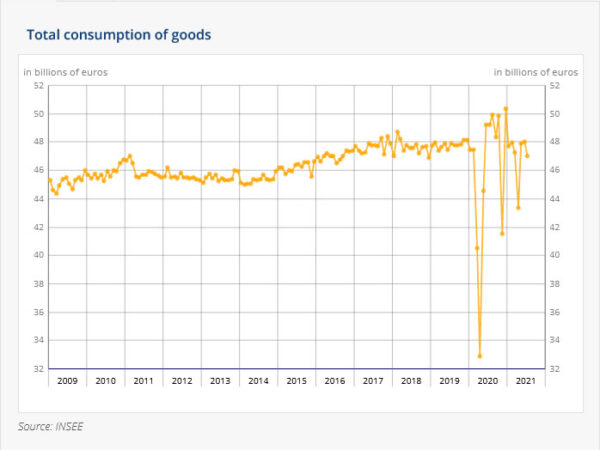

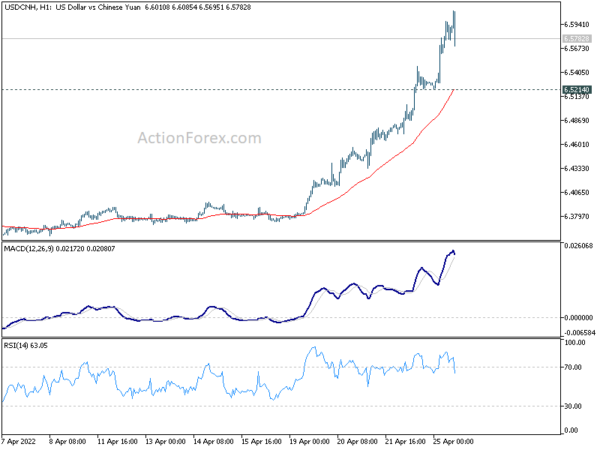
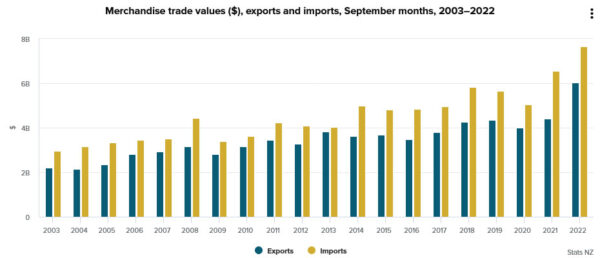
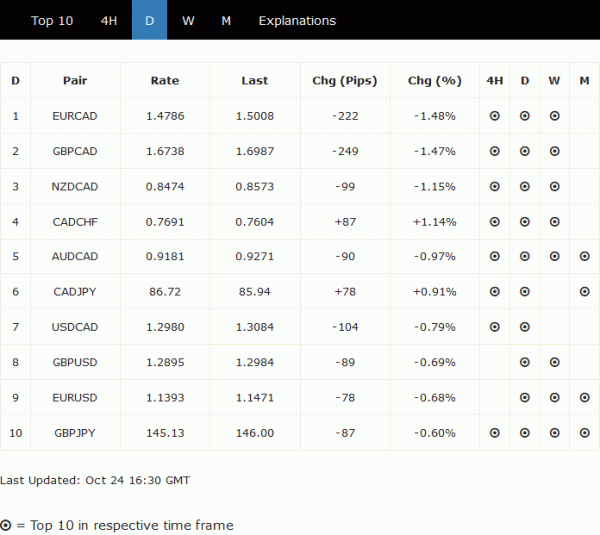
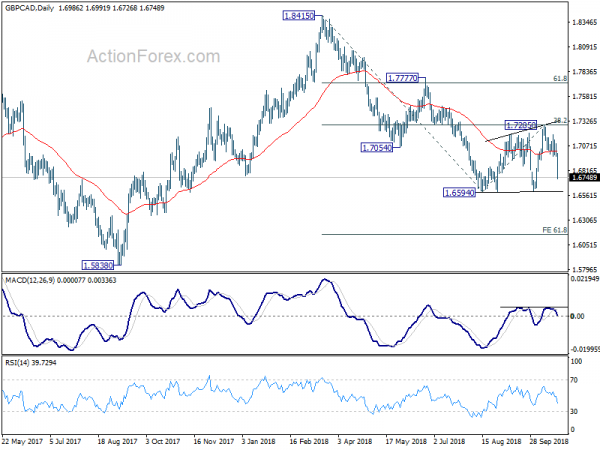
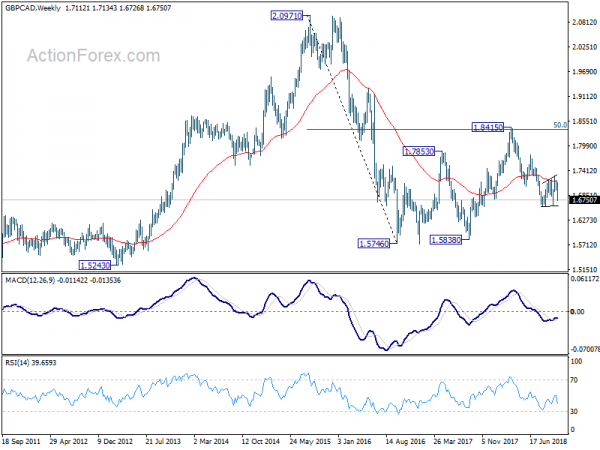
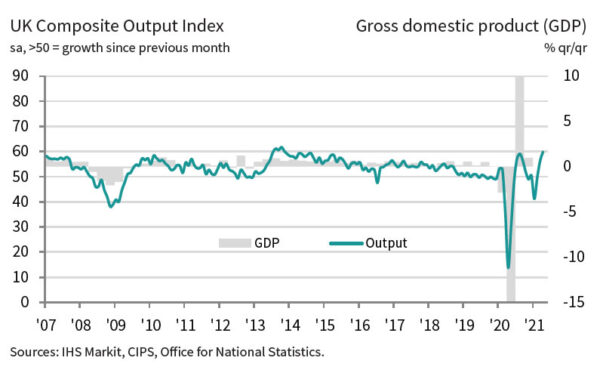
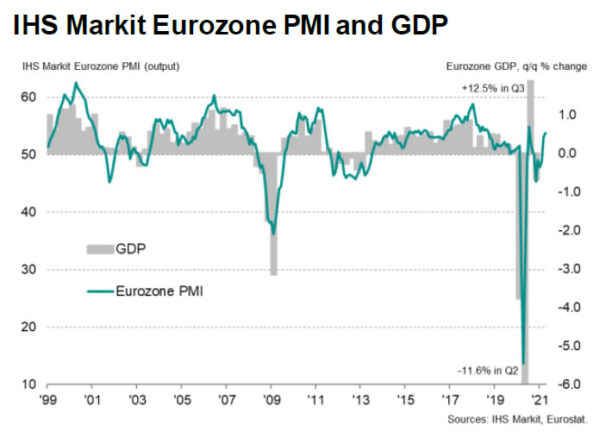
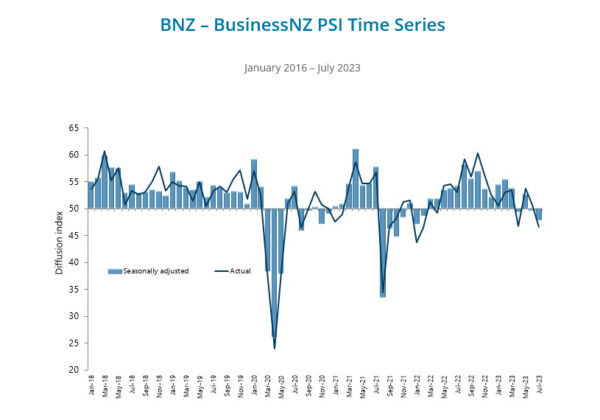

Japanese officials weigh in on Yen’s slide as it approaches 149 against Dollar
This week’s decline of Yen against Dollar, which seems poised to breach 149 mark, has brought remarks from Japanese officials into sharp focus. Market participants are keen to decipher indications of when Japan might transition from verbal caution to active intervention, even though it’s clear that Japan wouldn’t pre-announce such a move.
Finance Minister Shunichi Suzuki, reiterating his consistent position, stated today, “Foreign exchange rates should be determined by market forces, reflecting fundamentals.”
Suzuki emphasized that “Excessive volatility is undesirable,” and assured that the government is monitoring the currency fluctuations with a “high sense of urgency”. “We will respond as appropriate to excessive volatility without ruling out any options,” he added.
Echoing Suzuki’s sentiments, the newly appointed Economy Minister, Yoshitaka Shindo, stressed the significance of stable currency movements that mirror economic realities.
Pointing out the multifaceted impact of the Yen’s position, Shindo elaborated, “Weak Yen has various effects on economy such as raising import costs for consumers, improving competitiveness of exporters.”
With these comments, the stage is set for a heightened scrutiny of Japan’s potential interventions in the currency market. Market participants will no doubt remain vigilant to further remarks and actions by Japanese officials in the coming days.